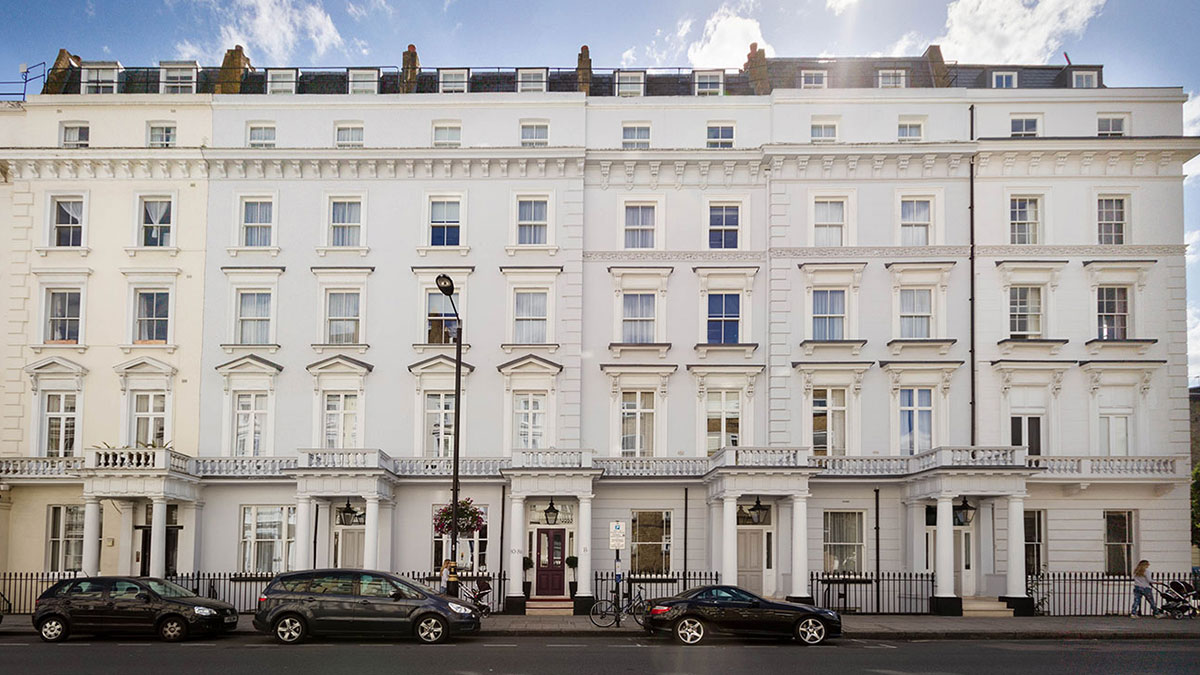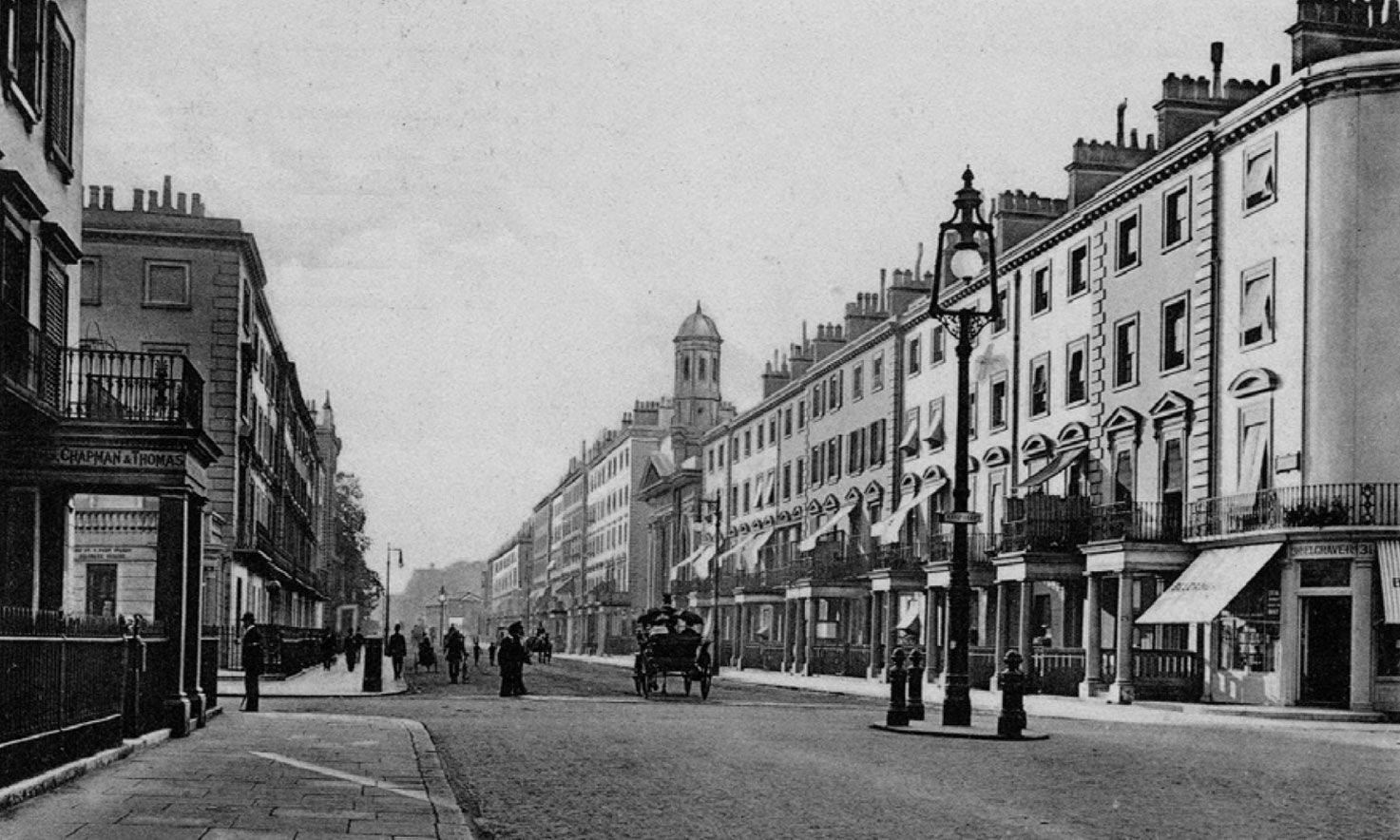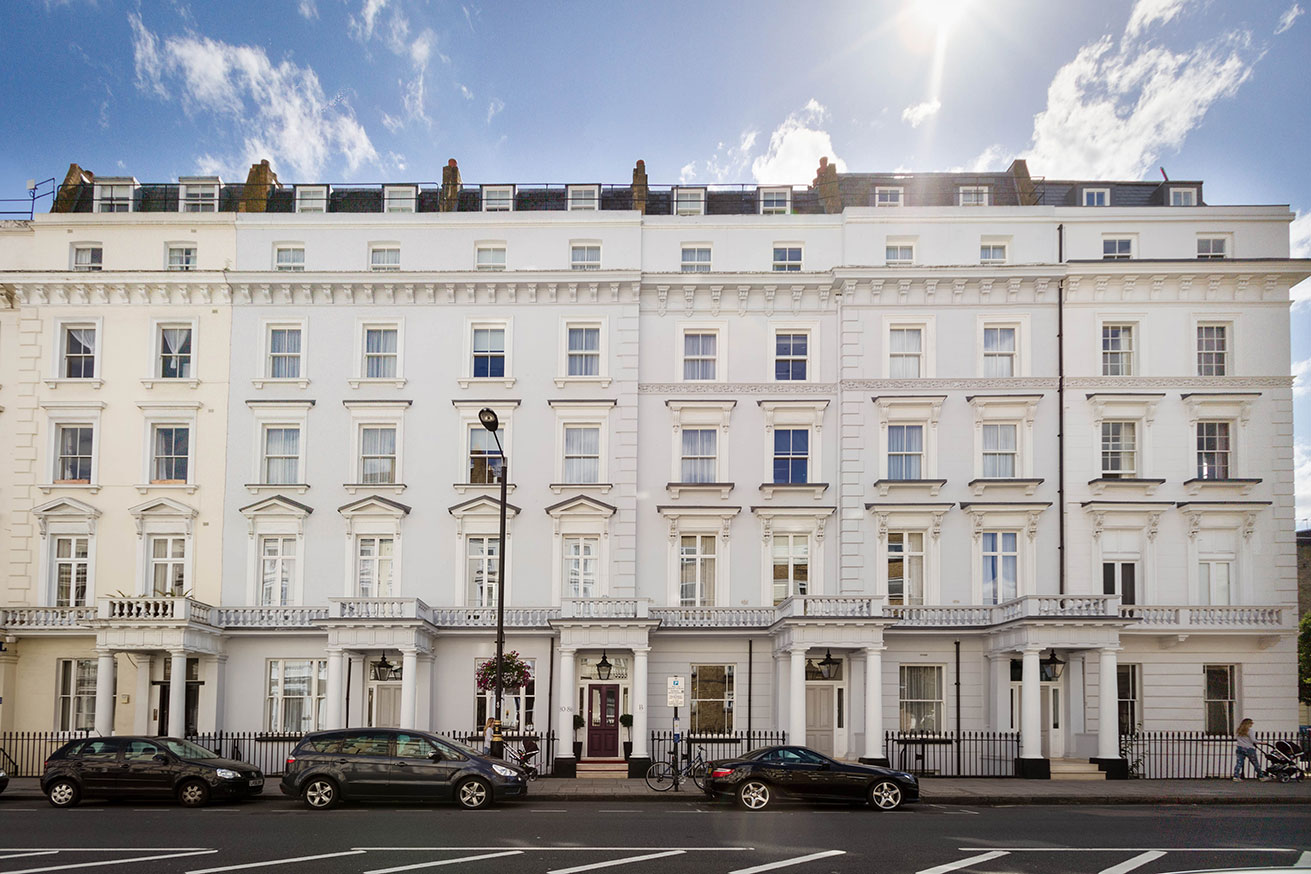The History of The Belgrave
 “>
“>It’s hard to believe that just 300 years ago, most of London was villages, fields or undeveloped land that was flooded by the Thames every year. Over the years, the city has been transformed into the bustling metropolis it is today.
Pimlico was a section of London that is younger than we would think, but what did it used to look like and how did it become the fashionable area it is now? Well to get our answers, we have to go back to the 1600s and start our history of The Belgrave.
Humble beginnings
Pimlico started very small and modest, in 1687, there are records that only 4 people were classed as residents. As it was a small holding surrounded by fields known as “Tothill Fields”, it was used for bull-baiting, bear fights, duals and other pursuits common at the time. By 1740, it was largely uninhabited, forgotten and waterlogged (the embankment of the Thames was done in the late 1800s).
Despite Mayfair and St James’s having clear established roads to other towns and cities, the road that we know as Warwick Way was still just a tree-lined path in 1746, and even Buckingham Palace Road was on the same side of the woods. When Buckingham Palace House had been sold to George III, there still wasn’t much development apart from a brewery, which would later become Watney’s Stag Brewery.
In the 1830s, Thomas Cubitt, a developer, took over some of the leases from the Duke of Westminster’s estate and by 1835, he had all of the available land south of the Grosvenor Canal and started to build workshops and yards on what is now Dolphin Square with a workforce of over 100 people.
The area was eventually developed into a range of stucco-fronted terraces built along straight streets and around three squares that Cubitt designed. Although the architecture is in keeping with the earlier Belgravia development that Cubitt was also in charge of, this area of Pimlico was designed with less fashionable people in mind. For some years, those living there dubbed it ‘South Belgravia’ in an attempt to be in keeping with the surrounding areas.
Regeneration of Pimlico
By the early 20th century, the area had become a mix of differing social circles, unusual character properties and the hub of many political activities due to its closeness to the Houses of Parliament. In 1926, for example, the general strike was organised in the joint offices of the Labour Party and the Trades Union Congress in Eccleston Square.
In 1937, Dolphin Square was developed by Gordon Jeeves, and as World War II continued into the 1940s, whole streets were bombed and had to be cleared away for redevelopment. By this point, there was increasing pressure to subdivide the properties to match smaller households. Some of the properties were earmarked for conversion into hotels and boarding houses.
In 1953, the 2nd Duke of Westminster sold the remaining section of the Grosvenor Estate that the Pimlico is built on and it was designated as a conservation area in 1968. Following this and the connection of Pimlico to the Victoria Line on the underground in 1972, the area has seen plenty more regeneration and is now a hive of exclusive restaurants, hotels and homes within Westminster.
The Belgrave London is born
During the regeneration in the late 20th century, many properties spanning Belgrave Road, including ours, were converted into hotels. The Grade II listed building is now a 74-room hotel surrounded by the Georgian architecture that Cubitt brought to life all those years ago.
We took over the property in 2013 and this gave us the opportunity to completely redevelop the hotel. We wanted to advance the level and quality of the offerings to our customers, and we’ll keep looking at how we can improve.
The Belgrave London is now one of the top-quality boutique hotels in the area, and we are proud that we still have the element of a family-run business with the friendly and professional service you’d expect.
Book your stay
To see the Georgian architecture of Pimlico for yourself, why not book your holiday at The Belgrave today.



